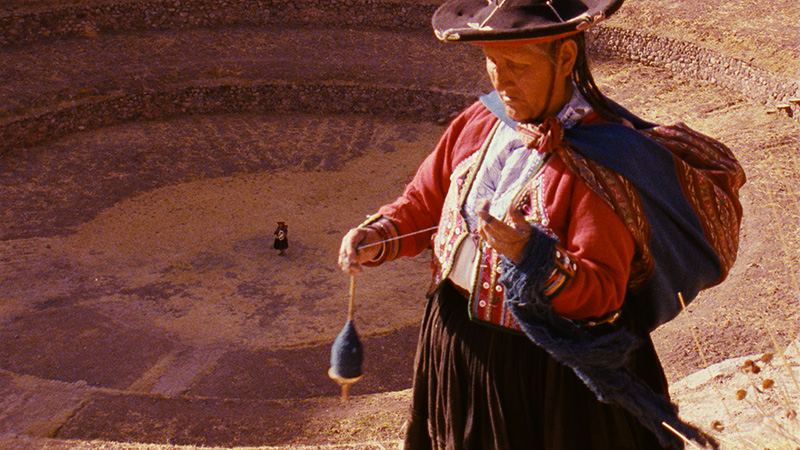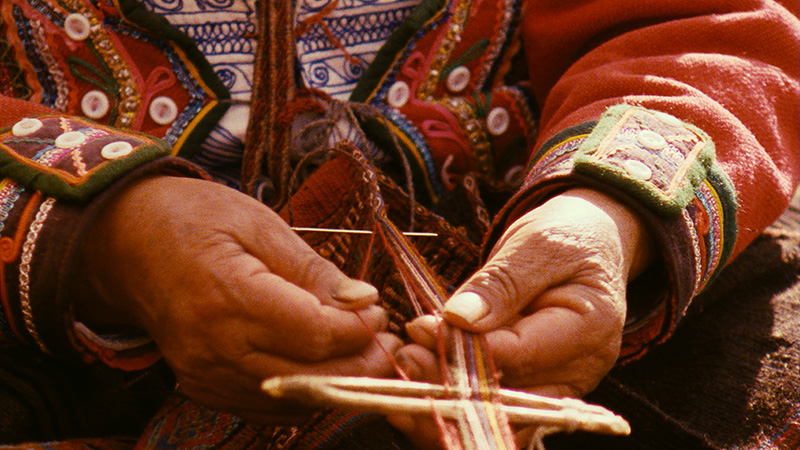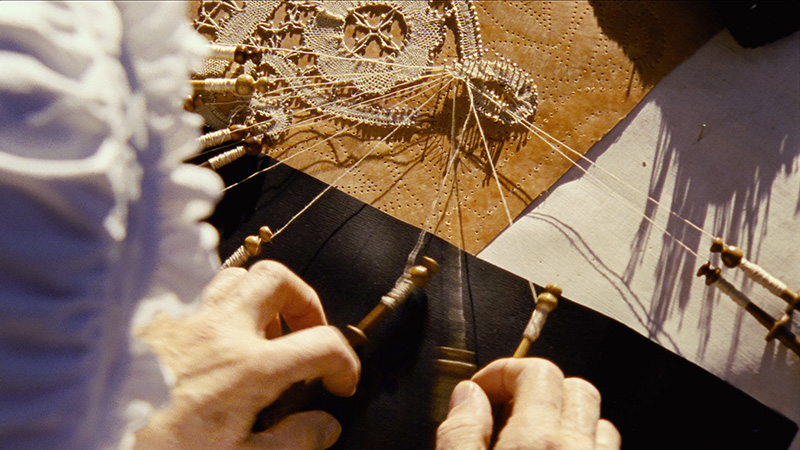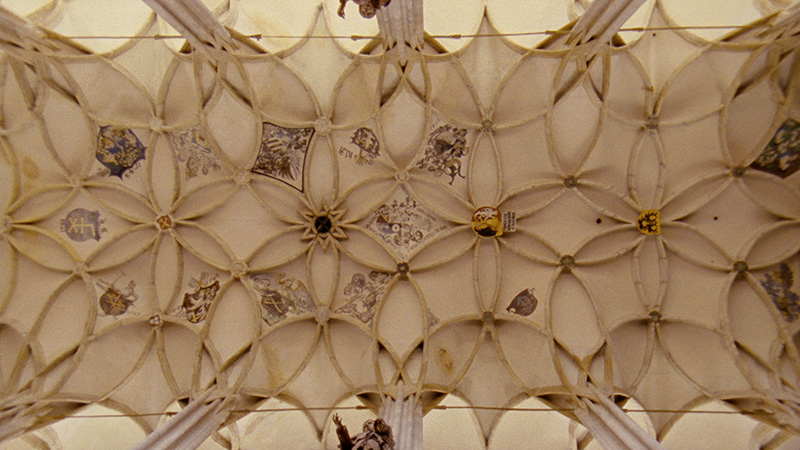ART-PRESENTATION: Kimsooja-Weaving the World
 In her performances, installations, sculptures, video and photo works Kimsooja combines isolated, fragmentary observations to form a whole encounter of different places and people. Duration and time and the metaphorical intertwining of her own experiences, cultural backgrounds, and historical references all play a major role. The artist equates her task with a needle whose work brings together divergent elements, that is to say, different cultures or standpoints.
In her performances, installations, sculptures, video and photo works Kimsooja combines isolated, fragmentary observations to form a whole encounter of different places and people. Duration and time and the metaphorical intertwining of her own experiences, cultural backgrounds, and historical references all play a major role. The artist equates her task with a needle whose work brings together divergent elements, that is to say, different cultures or standpoints.
By Dimitris Lempesis
Photo: Kunstmuseum Liechtenstein Archive
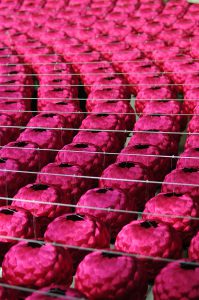
One day in 1983, Kimsooja was sewing a traditional bedcover together with her mother. When passing the needle through the fabric, she had a sudden sensation like an electric shock. “The energy of my body channeled through the needle, seeming to connect to the energy of the world. From that moment, I understood the power of sewing: the relationship of needle to fabric is like my body to the universe”. This experience became a far-reaching crucial experience for Kimsooja’s work. Her highly varied and contemplative oeuvre has received considerable international attention for over 30 years. Works from 1999 to 2014 are on presentation at Kimsooja’s solo exhibition “Weaving the World” at Kunstmuseum Liechtenstein. The thread that runs through the exhibition, as expressed by the title, is the metaphor of Weaving the World. Among the works featured is the trailblazing video installation “A Needle Woman” (1999–2001) in which the artist stands still facing the waves of crowds in eight metropolises. “Thread Routes – Chapter IV (China)” (2014) of her latest 16mm film work “Thread Routes“ (2010– ) is shown for the first time. This distinct body of work, filmed in six chapters, each shot in a different cultural area of the world, weaves an impressive tapestry of textile traditions in all their beauty, at the same time reflecting the interaction with nature, architecture and agriculture. “Thread Routes – Chapter I (Peru)” (2010) and “Thread Routes – Chapter II (Europe)” (2011) are also on show at the exhibition. This first version of “A Needle Woman” was created between 1999 and 2001. Approximately six years later, a silent but momentous event occurred: For the first time in history, the world’s urban populace outnumbered the rural one. The work was produced just as the full realization of this explosion of urbanization reached a fever pitch, spilling across a variety of academic disciplines as well as art and popular media. The work is particularly emblematic of the directness with which the phenomenon tended to be addressed at the turn of the new millennium.
Info: Curator: Christiane Meyer-Stoll, Kunstmuseum Liechtenstein, Städtle 32, Postfach 370, Vaduz, Duration: 22/9/17-21/1/18, Days & Hours: Tue-Wed & Fri-Sun 10:00-17:00, Thu 10:00-20:00, www.kunstmuseum.li
